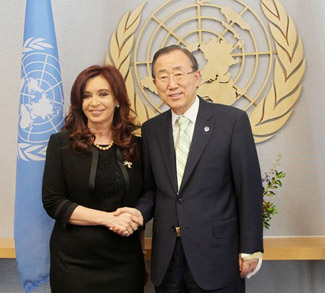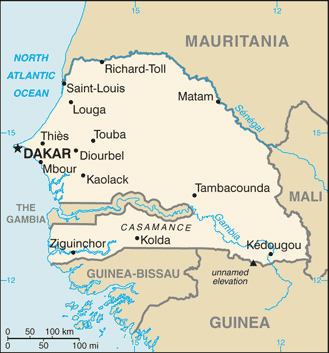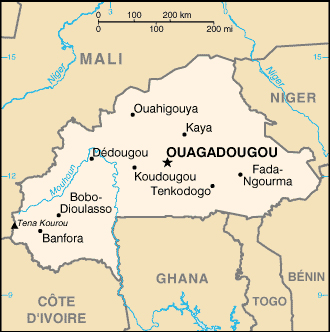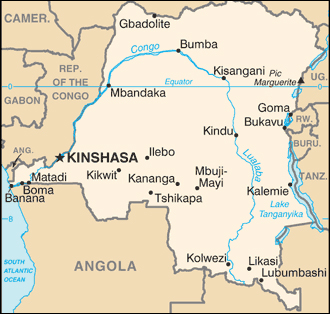Timeline
1580: Buenos Aires is established as a permanent Spanish colony.
1806: A British invasion of Rio de la Plata during the Napoleonic Wars is repelled by local militia without any assistance from the Spanish military.
1810: Napoleon deposes Spanish King Ferdinand VII, and the Primera Junta replaces the Spanish Viceroy in Argentina.
1816: Argentina declares independence.
1853: Argentina adopts a constitution and becomes a republic.
1930: The democratically elected government of Hipolito Yrigoyen is deposed by a military coup led by General Jose Felix Uriburu.
1945: Argentina enters World War II on the side of the Allies and eventually becomes a founding member of the United Nations.
1946: Juan Peron elected President and Eva ‘Evita’ Peron assumes the role of First Lady.
1952: Evita dies of cancer.
1955: Juan Peron is ousted by the predominantly Catholic “Liberating Revolution” while serving his second term.
1966: General Juan Carlos Ongania assumes power in a military coup; political repression of opposition groups is stepped up.
1973: A surge in popular demand for elections results in Juan Peron being re-elected as president after a period of exile.
1974: Juan Peron dies and is replaced by his second wife and standing Vice President Isabel Peron.
1976: The ‘National Reorganization Process’ military coup led by General Videla deposes Isabel Peron, resulting in her being sent into exile; the ‘Dirty War’ against political opposition groups intensifies.
1982: Argentina sends troops to Falkland Islands, resulting in the outbreak of the Falklands War.
1983: The failed Falklands campaign is a tipping point after years of repression, torture, and murder. General elections are held and democracy is restored.
1991: Argentina contributes to the Gulf War under UN mandate.
2001: Years of government mismanagement of the economy comes to a head, resulting in a widespread breakdown of public order; the government eventually defaults on $93 billion of IMF debt.
2002: Widespread economic deprivation grips Argentina society; GDP shrinks by 10.8 percent.
2003: Economy begins to show signs of recovery.
2007 Cristina de Kirchner elected president (re-elected in 2011).
Politics
Argentina has a democratic, multi-party presidential system in which the standing president serves as both Head of State and Head of Government. While the president is able to exert some degree of influence over the process, most legislative power lies in the bicameral Argentine National Congress.




